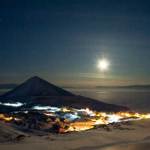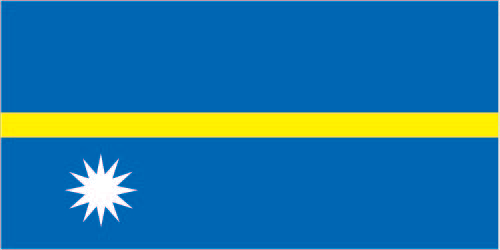Sydney Opera House opened in Sydney, Australia, in 1973. Despite its name, it hosts many types of artistic endeavors. About 1,500 concerts occur yearly, and over 1.2 million visitors enter its doors every year.

Antarctic Research Facility
Antarctic Treaty was signed by twelve nations in 1959. The original twelve countries are: Argentina, Australia, Belgium, Chile, France, Japan, New Zealand, Norway, Soviet Union, South Africa, United Kingdom, and United States. Today 50 countries recognize the treaty. The continent will be kept as a scientific preserve, and no nation can colonize it. Children can learn about the Antarctic Treaty at: Antarctic Treaty. They can view great pictures of Antarctic animals at: Antarctic Animals.

Flag of Australia
Australia was founded in 1788. It may be the smallest continent, but it is the sixth largest country. Aborigines settled in Australia at least 40,000 years ago. The Dutch were the first Europeans to explore the area, and they called the continent New Holland. However, Captain James Cook declared in 1770 that the land belonged to Great Britain. Australia became a penal colony when 700 prisoners were transported there in 1788. Gold was discovered in 1851. It became a commonwealth in 1901. Idea: Australia is home to many marsupials. Children could research some of these animals and then make a play where Captain Cook explores Australia and finds these animals. Children could also learn more at: Australia.

Flag of Nauru
Nauru celebrates Independence Day. It gained its independence from a United Nations Trusteeship managed by Australia, New Zealand, and the United Kingdom in 1968. Nauru is a small island, only 8.1 square miles (one-tenth the size of Washington, DC), and supports about 10,000 inhabitants. Yaren is the capital. The interior used to hold reserves of phosphates, used to make fertilizers. However, the phosphates have been exhausted. Located just south of the equator in Micronesia, the country has a tropical climate.
Welcome Stranger Gold Nugget was discovered at Moliagul, Victoria, Australia, in 1869. The largest alluvial gold nugget ever found, the Welcome Stranger weighed almost 2,284 ounces. It measured 24 inches by 12 inches. The nugget was melted down and formed into ingots that were sent to the Bank of England.